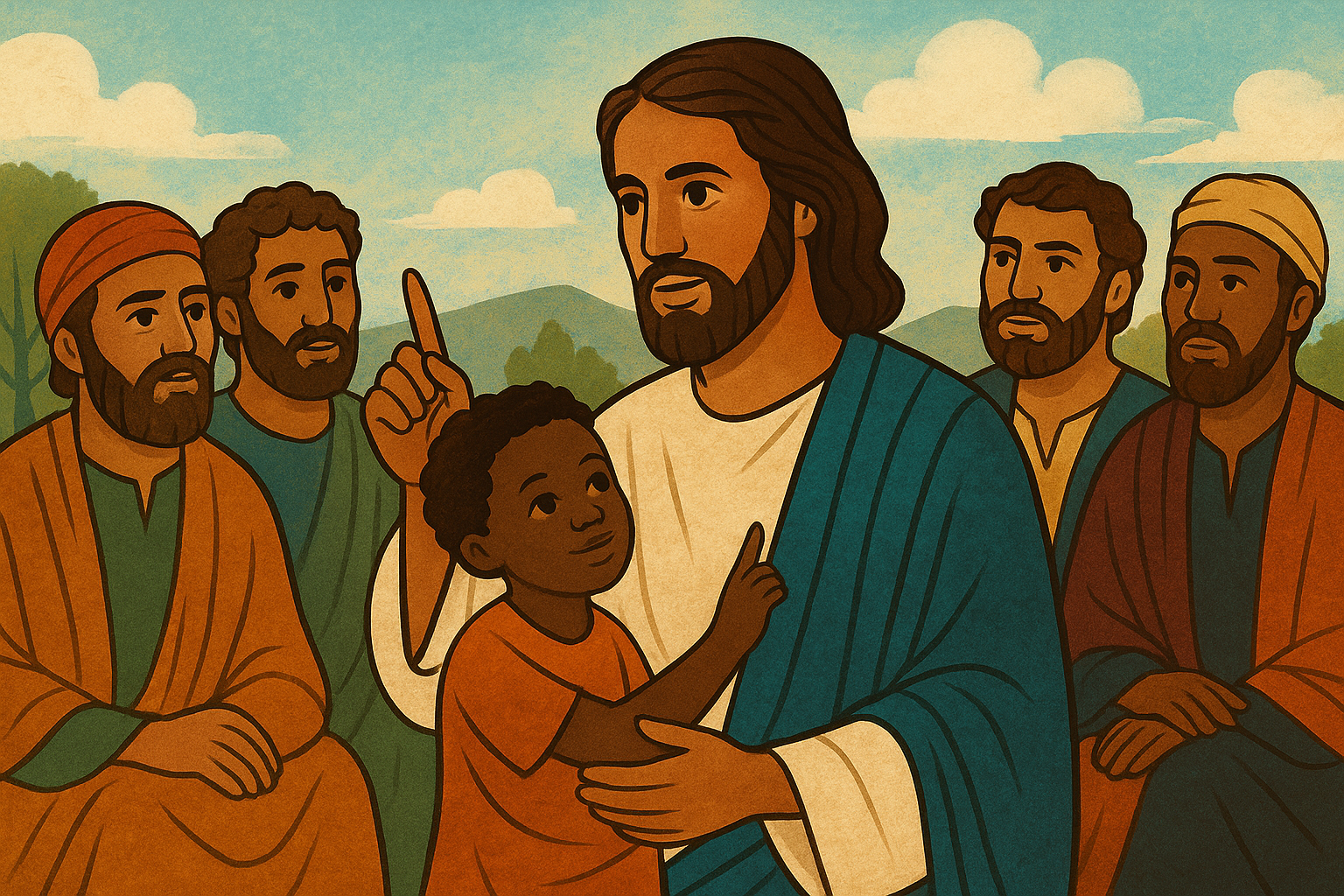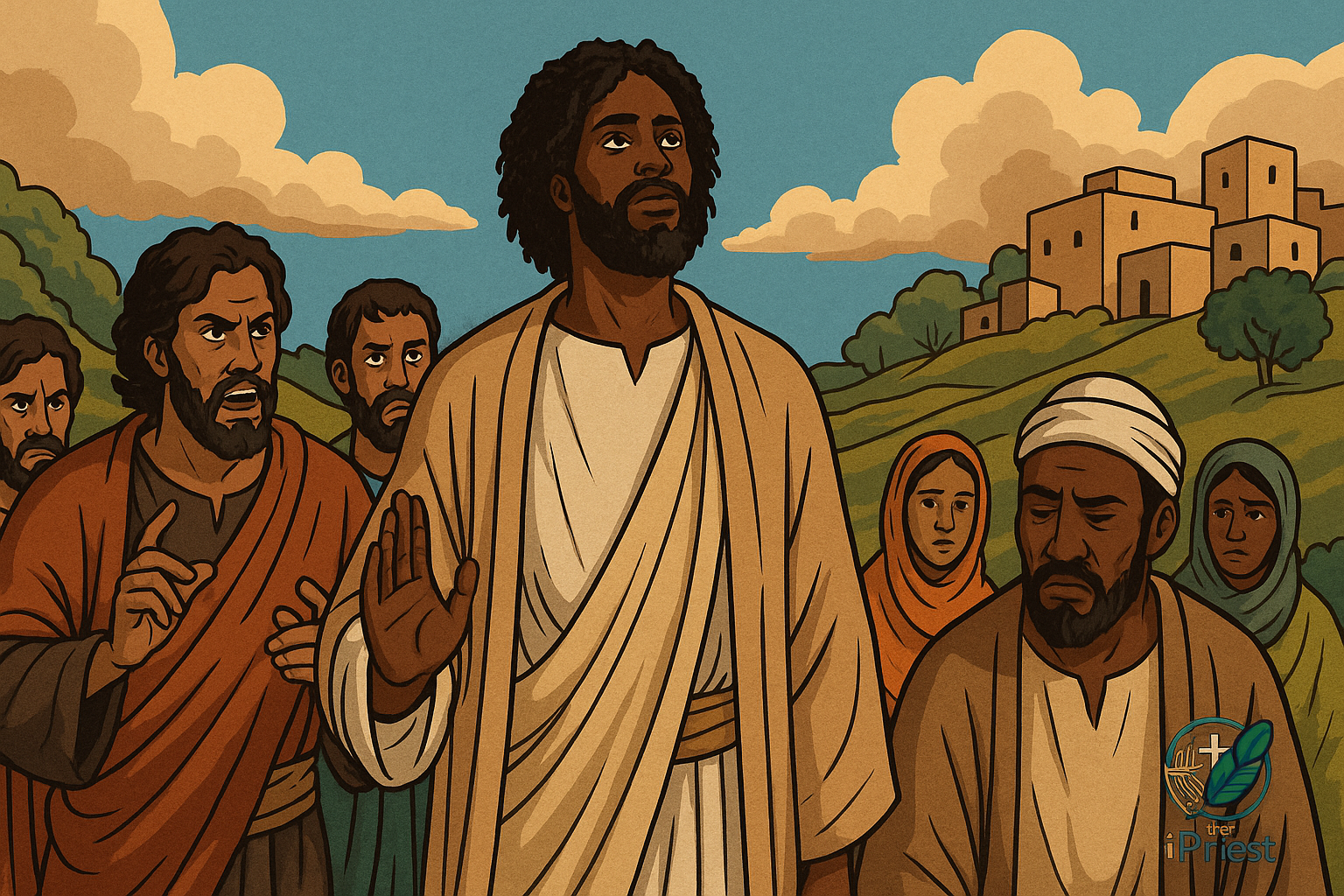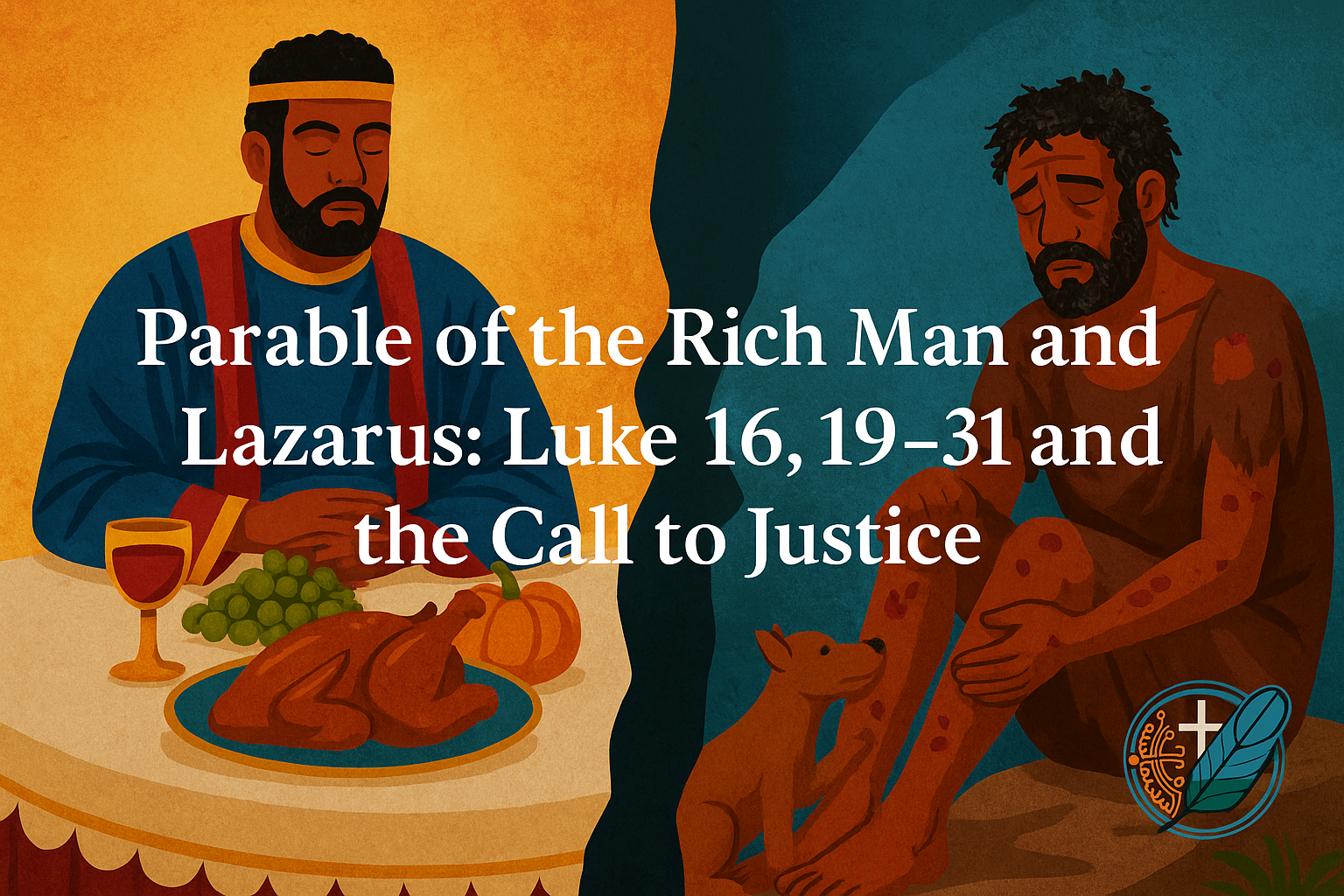An image of Mary with swords piercing her heart might no longer be adequate to portray our lady of sorrows for some young 21st-century Christians. It was, however, a wonderful painting and made a great representation of a mother who comprehends the pains and sorrows of medieval women. Historically speaking, it was a sign that the fathers of the Church, and more especially, the medieval Christians understood the Bible and its implication in Mary’s role in the salvation history.
The seven founders of the Order of the Servants of Mary who promoted the devotion to the Seven Sorrows of Mary were inspired. But we should understand that at that moment, not many people could read or write. It was then obvious that painting was the best way to better appreciate the profundity of the sorrows of the mother of the saviour.
However, today, with all we know about the plights of women, an image of Mary with swords stinging out of her heart is, according to me, a wrong appreciation of the role of Mary as the incarnation of all the suffering mothers. Yes, the pains can be comprehended, but it needs to be explained, now and then, which is a luxury we can no longer afford in our secularized society.
Women of our days are facing uncountable dehumanizing situations. They disappear both in developed and developing countries. They are sold legally through marriage and illegally both in displaced people and refugee camps. They are propelled regularly to the street by cultures and customs that keep on objectifying them.
Moreover, with the growing and commercialization of wars and conflicts, we cannot ignore the plights of women who are the principal victims of wars and conflicts. And even though some think that men are the protagonists of wars, we should never forget that while they keep on moving from one war to the other, they leave women behind to keep the family alive.
We all know, quite well, all the different ways women suffer. So, continuing to propagate those ancient models of flagellation disembodies and renders neutral their present-day plights. Our generation needs to find a way of contextualizing what our ancestors wanted to portray in their own time. Yes, it was about the seven sorrows of Mary, but today, Mary keeps suffering in multiple ways.
Yes, Simeon foretold that a sword would pierce her heart, but today, her heart continues to be pierced through thousands of Jesus who has no right to be born.
- Yes, Mary had to fly to Egypt with her infant, but she did not stop there. Today, she continues to cross the Mexican boundaries and embarks in fortune ships in the Mediterranean Sea.
- She did not stop at the loss of her infant at the Temple, as, today, she loses them at our borders and refugee camps.
- On the Road to Golgotha, Mary met Jesus and was afflicted, but today, many Mary are afflicted by their children sacrificed at the altar of police brutality and racism.
- Mary’s sorrow to see her son crucified has no comparison, but Mary continues to see her sons electrocuted, and hung in many of our capitals.
- Yes, it was truly painful to witness her son’s side pierced, but today, many Mary see their children shot point-blank live on camera.
- And sorrowful was Mary’s pain to see the only son buried, but many Mary, today have no idea of where their sons are secretly discarded. They have no right to even a borrowed grave.
Our Mariological vocabularies have evolved, and many new titles of Lady recognized, even in the past few months, yet our iconological languages seem to be finding some difficulties to follow suit. Our 21st-century youth would be more connected to a mother whose pains can be verified in their day-to-day reality.
I do not, however, invalidate any Marian image or icon, I just think that our iconological terms should be updated with all the development we have witnessed in Mariology.





